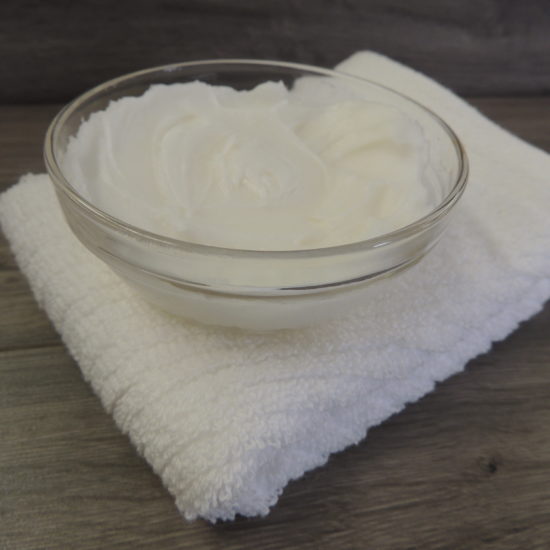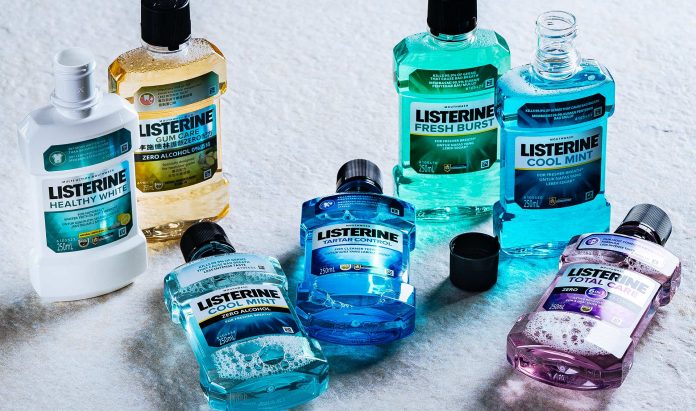
Most of us are already acquainted with Listerine’s distinctive taste. The intense tingle of Listerine is a common part of our everyday routine, whether it’s in the morning or before bedtime.
But did you know that besides a mouthwash, Listerine still has many other uses? The unique antiseptic properties of Listerine can lend to many other applications, particularly in circumstances of survival.
 1: Topical antiseptic
1: Topical antiseptic
Listerine does such a fantastic job of helping to clean the mouth, it should come as no surprise that it also works well to disinfect minor cuts and wounds. This is due to the high alcohol level of Listerine.Listerine may not work as well as dedicated antiseptics, nor be as easy to use (alcohol can really sting!), but it definitely works in a pinch to kill bacteria, minimize chances of infection and speed up healing times.
2: Astringent
Because Listerine is high in alcohol, it can be used as an astringent to your skin. The alcohol can help contract the skin, which is useful to treat acne or mild irritations of the skin, including small cuts or bug bites. Listerine is especially effective at reducing itchy pain when treating bug bites.
3: Hand sanitizer
Will the sanitizer gel run out of hand? Pour a little Listerine into your mouth, then rub them in. Due of its watery consistency, listerine may not be as easy to use as normal hand sanitizer, but it is successful when there are no standard hand sanitizer or hand-washing facilities available.
4: Treat dandruff
And maybe dandruff isn’t the highest priority in circumstances of survival, except for those that are especially vain. Yet dandruff is also followed by an irritated, itchy scalp. To help relieve this discomfort, wash your hair as normal, but use four parts of water with one part of Listerine for a final rinse, take extra care to make sure that the Listerine reaches your scalp.
5: Alleviate toenail fungus
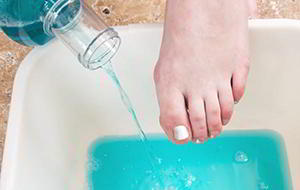
6: Help a sore throat
Depending on the cause of the sore throat, gargling with Listerine probably won’t cure the ailment. However, using Listerine can provide temporary relief from the discomfort. Alternatively, proactively gargling with Listerine can help prevent a sore throat and/or cold.
 7: Cookware cleaning agent
7: Cookware cleaning agent
Most cooking and eating utensils and implements can be easily cleaned with soap and water. However, some specialized cookware, such as cast iron, should not be cleaned this way as the soap will ruin the seasoning. Use Listerine instead.
8: Treat skin rashes
Apply Listerine gently to irritated and scratchy skin to soothe the burning and/or itching sensation. Listerine is especially effective for poison oak and poison ivy exposure.
9: Insect repellent
Put some Listerine in a spray bottle and spray plants, skin or other areas where you want to keep away bugs.
10: Protecting blisters
You can keep a blister from getting infected by dabbing a cotton swab soaked in Listerine several times a day on the blister. Listerine’s antiseptic properties will help prevent infection.
11: Flea killer
Clean a pet with Listerine helps to prevent a flea infestation.Start by bathing your pet in a traditional water and shampoo bath for the most effective treatment. Speed up the usual bath by mixing in a spray bottle equal parts water and Listerine. Sprinkle your pet liberally all over your body, but be particularly careful around their ears, as the Listerine will sting their eyes. Have the spray application set for about five minutes, then use a fine brush, comb the fur of your pet to remove the dead fleas.
Depending on the severity of the infestation, it may be appropriate to do this treatment once a day for several days to eliminate all the fleas completely.
12: Remove ticks
Listerine is particularly despised by ticks and for good reason: within seconds it will kill them. If a tick that has bitten you and taken hold of you, you should soak a rag or paper towel in Listerine and smother the tick with it for at least five seconds. If, by then, the Listerine application has not killed the tick, it will at least make the tick let go.
13: Deodorant
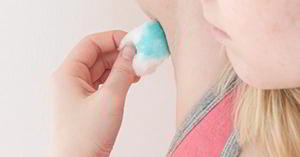 It’s a bit unconventional to use a minty tasting or smelling liquid as deodorant, but it works. Just pour some Listerine on a towel or cloth and dab your armpits or other areas a few times. The alcohol in the Listerine will kill the odor-causing bacteria.
It’s a bit unconventional to use a minty tasting or smelling liquid as deodorant, but it works. Just pour some Listerine on a towel or cloth and dab your armpits or other areas a few times. The alcohol in the Listerine will kill the odor-causing bacteria.
14: Odor removal
Mix Listerine with equal parts vinegar and apply to smelly areas. The alcohol in the Listerine and acid in the vinegar will help remove odors by breaking down the compounds and bacteria causing the foul smell.
15: Temporary toothache relief
When you are getting toothache, you will probably need some serious dental treatment. However, to buy some extra time before proper treatment can be obtained, spray your mouth with Listerine as intended. The Listerine can help calm the painful tooth and offer a mild relief from the pain.
16: Laundry detergent deodorizer
Adding Listerine to your normal laundry cleaning routine will make your clothes fresher by killing odor-causing bacteria.
17: Stop the growth of mold and mildew
Start by diluting the Listerine with two parts water and one part Listerine, then placing in a spray bottle. Spray the mixture anywhere you need to prevent and/or slow the growth of mold and mildew.


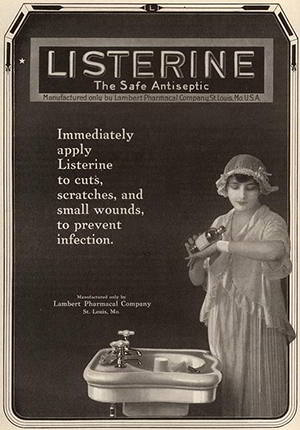 1: Topical antiseptic
1: Topical antiseptic 7: Cookware cleaning agent
7: Cookware cleaning agent
















